Purple can be used to help create a desirable mood in the garden — from peaceful to romantic to inspiring. In color theory purple traditionally indicates knowledge, self-respect, spirituality, dignity and wealth. In the landscape it promotes feelings of inner calm and self-worth, providing a sense of refuge. It also is considered useful for creative inspiration and insight. If you feel drawn to violet, lavender, plums and deep purples, here are five tips for adding this hue to your yard.
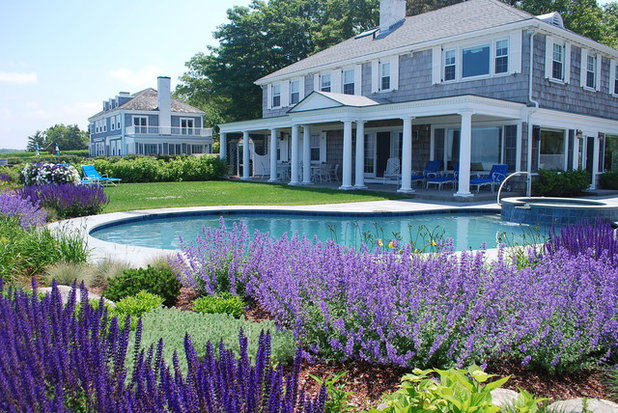
Elliott Brundage Landscape Design
1. Adopt a Color Strategy As with all colors, too much purple can backfire. Still, a single color scheme can work if you use enough variation. Here, for instance, light lilac catmint 'Walker's Low'
and dark purple
salvia leucantha 'Midnight' create sufficient contrast to keep this peaceful planting from growing dull.
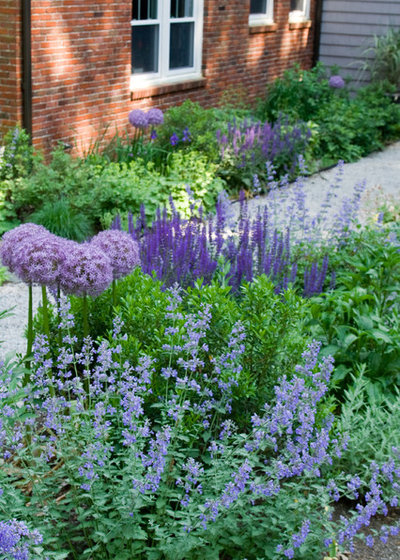
Matthew Cunningham Landscape Design LLC
For a broader palette, choose an analogous color scheme that combines neighboring hues on the color wheel, as in this front garden with its soothing blend of blue, violet and purple. The plant selections include dwarf
catmint Nepeta mussinii, alliums and purple salvia.
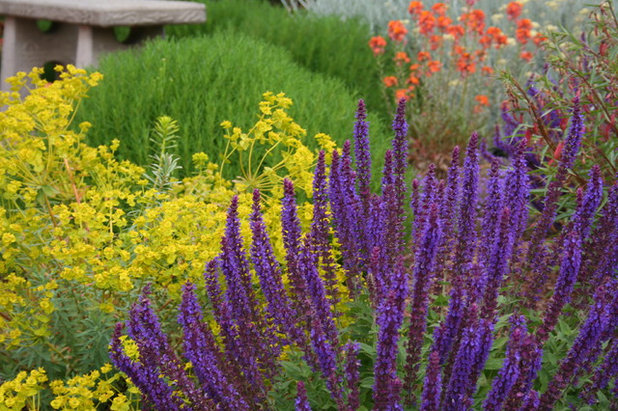
Genevieve Schmidt
Complementary colors (hues from the opposite side of the color wheel) can bring out the best in each other. Here, fiery yellow adds a colorful punch and energizing contrast to cool purple salvia.
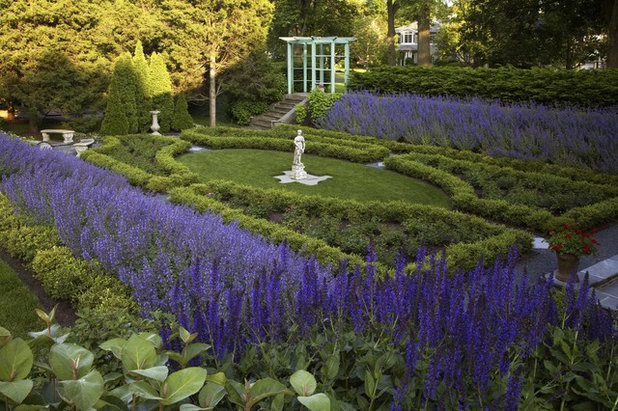
Schmechtig Landscapes
2. Go Formal or CasualAssociated with both royalty and serenity, purple is at home in any style of garden. Planted en masse, spiked purple flowers like salvia or
Veronica make an elegant choice for a formal bed.
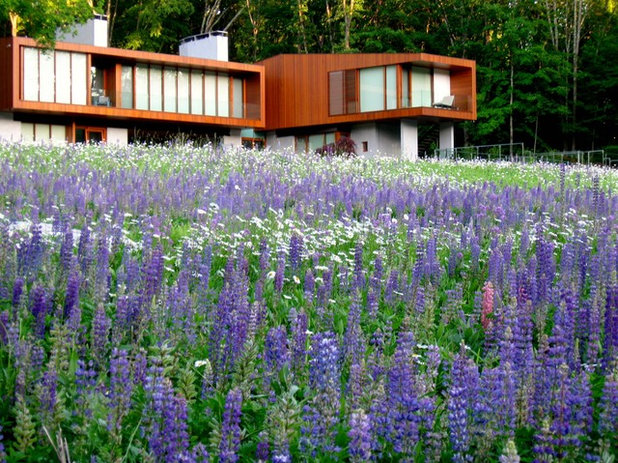
Designing Eden llc
Likewise, purple is at home in casual settings, as evident in this
lupine meadow.
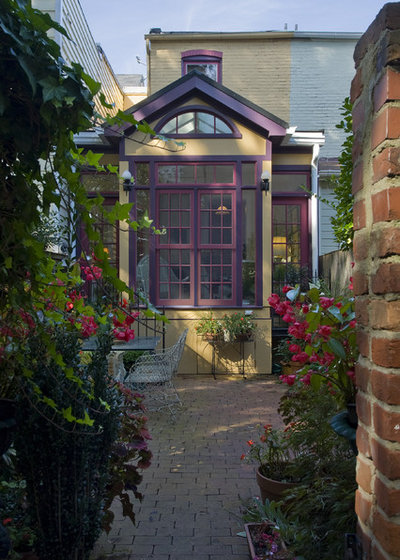
Christine Kelly / Crafted Architecture
3. Think Beyond PlantsAdd purple to the landscape by painting trimwork, front doors, arbors, gates or containers. A mix of energetic red and peaceful blue, purple has the unique ability to work well with both cool and warm color schemes.
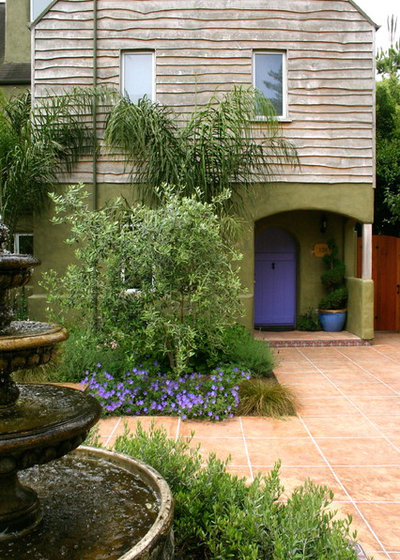
Kathleen Shaeffer Design, Exterior Spaces
A trio of purple — plants, a pot and a painted front door — greets visitors to this charming residence.
When to Paint Your Door Purple
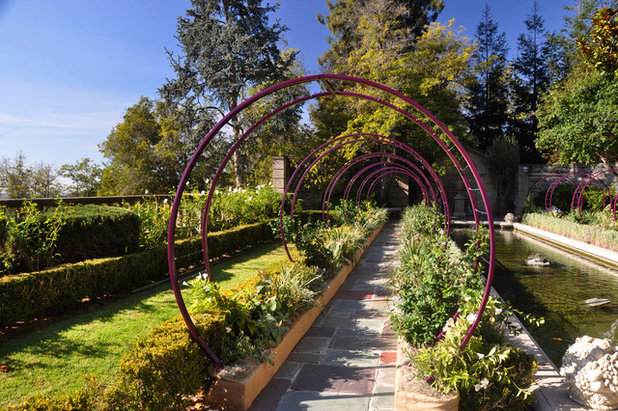
Margie Grace - Grace Design Associates
The color of old-time favorites like
lilacs, violets, irises and
hydrangeas, purple is sometimes pegged as an old-fashioned hue. Designer Margie Grace threw that nostalgic notion a curve with these mod purple arbors.
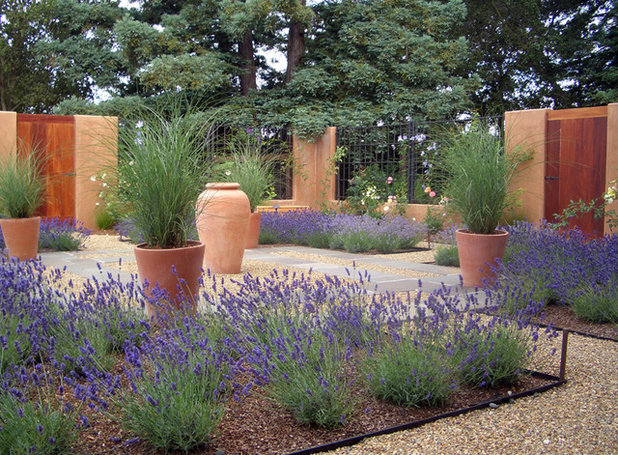
Zeterre Landscape Architecture
4. Set a MoodLavender is thought to enhance feelings of inspiration and insight, making it an ideal choice for a contemplative garden.
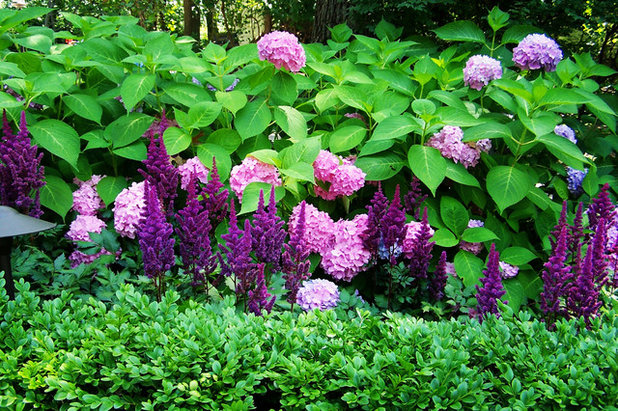
The Carter Rohrer Co.
According to color theory, purples and soft mauves are gentle hues that help ease strong emotions. Make your yard a haven with this color combo's soothing hues. (Plants shown include
astilbe chinensis 'Visions' and
hydrangea 'Endless Summer'. )
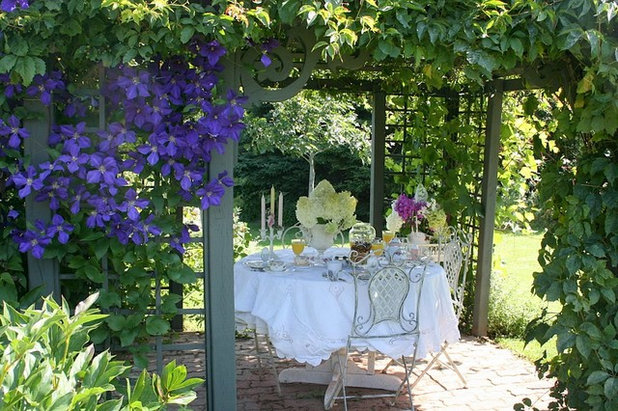
Aiken House & Gardens
Purple makes a romantic gesture in this lovely dining spot, where
clematis climbs the trellis to create a privacy screen.
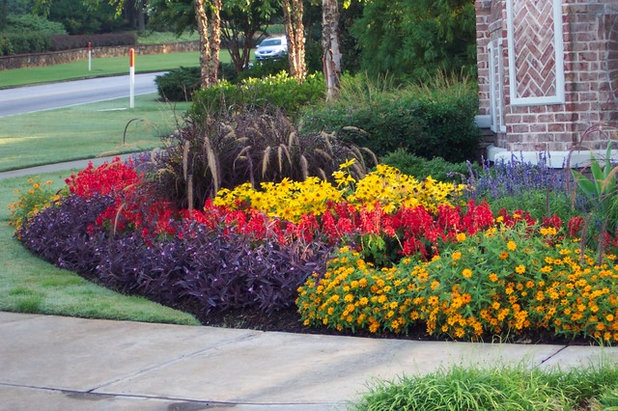
jenny_hardgrave
5. Don't Forget FoliageDark purple foliage makes an excellent accent. Consider ground covers, such as
setcreasea purpurea, for a swath of purple in a garden bed.
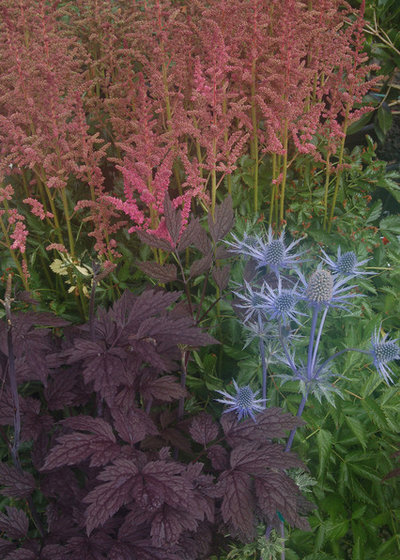
Julie
The deep purple-black of bugbane
(cimicifuga ramosa) 'Hillside Black Beauty' creates a striking foil against silvery eryngium and pink astilbe
. The plant produces pale white spires in the fall.
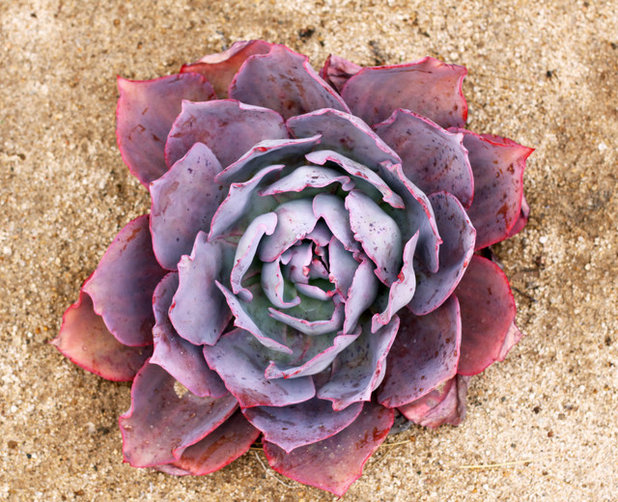
Flea Market Sunday
Drought-tolerant gardens can get in on the purple act with a broad choice of succulents steeped or tinged with the eye-catching hue.
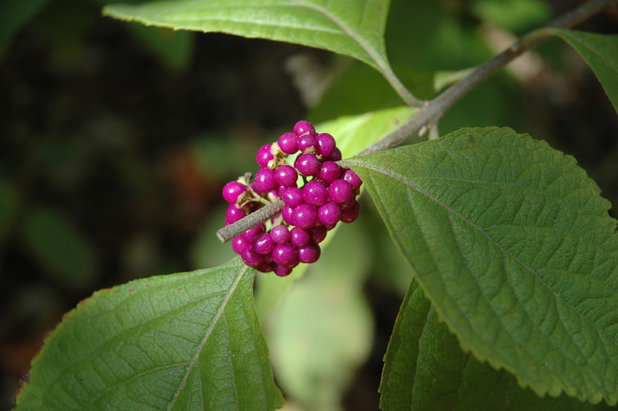
J. Peterson Garden Design
Even shrubs like
American beautyberry can add a touch of purple to delight the eye.





